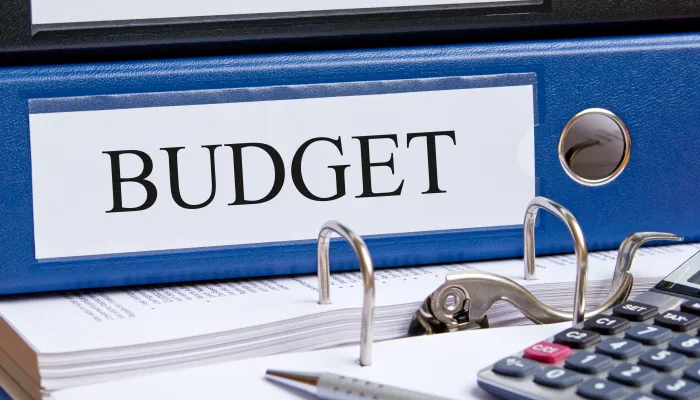Evaluating The Cost of Climate Change
We've written extensively about the President's budget since it was released, both in our analysis of the budget and in our blog series. Also notable about this budget is that it is the first to include a chapter on “climate risk.” The chapter explains the direct and indirect financial costs of climate change, both in recent years and well into the future, illustrating how the President sees climate change as a fiscal issue, not just an environmental one. The budget includes several proposals intended to avoid climate change and the associated perceived financial dangers.
In the budget, OMB explains why climate change is a fiscal issue:
The federal government has broad exposure to escalating costs and lost revenue as a direct or indirect result of a changing climate. For example, the federal government plays a critical role in protecting American families, businesses, and communities against the effects of extreme weather. As economic damages from such catastrophic weather grow, so do the liabilities for the federal government. At the same time, extreme weather exposes federal facilities and federal lands to increased risk.
According to OMB, over $300 billion has been spent on weather-related disaster relief in the past decade. That number includes $179 billion in domestic disaster relief, $24 billion in debt incurred by flood insurance (which was self-sustaining until the last several years), and $61 billion in costs for crop insurance. While the administration says it is “not possible” to know how much of this has been caused by man-made climate change, it believes that these costs “have been increasing and can be expected to continue to increase as the impacts of climate change intensify.”
Climate change could also lead to more disaster-related injuries and more communicable disease, which would raise health care and military costs. The White House contends that damage from disasters and rising sea levels have already affected military readiness and federal land maintenance expenses. This includes $64 million in damages to a southwestern Army facility caused by a rainstorm and $25 million to protect Alaskan Air Force facilities from rising sea levels.
The budget anticipates that climate change will slow the pace of economic growth. While recognizing the difficulty of anticipating trends so far in the future, OMB estimates that climate change could reduce global GDP by over 4 percent by 2100, causing a revenue loss of 0.7 percent of GDP, the equivalent of about $120 billion in 2015.
To hedge against this climate risk, the President's budget proposes increasing spending on efforts to combat climate change. The budget calls for a new $4 billion Clean Power State Incentive Fund to reward states that cut emissions and a pledge of $500 million toward the Green Climate Fund, a United Nations fund that helps developing countries reduce their carbon footprint. The budget also increases the budgets for the Environmental Protection Agency and Department of Energy; cuts tax benefits for coal, oil and natural gas companies; and extends tax benefits for renewable energy companies. Fortunately, all of these new proposals are offset with other savings, as we highlighted previously.


